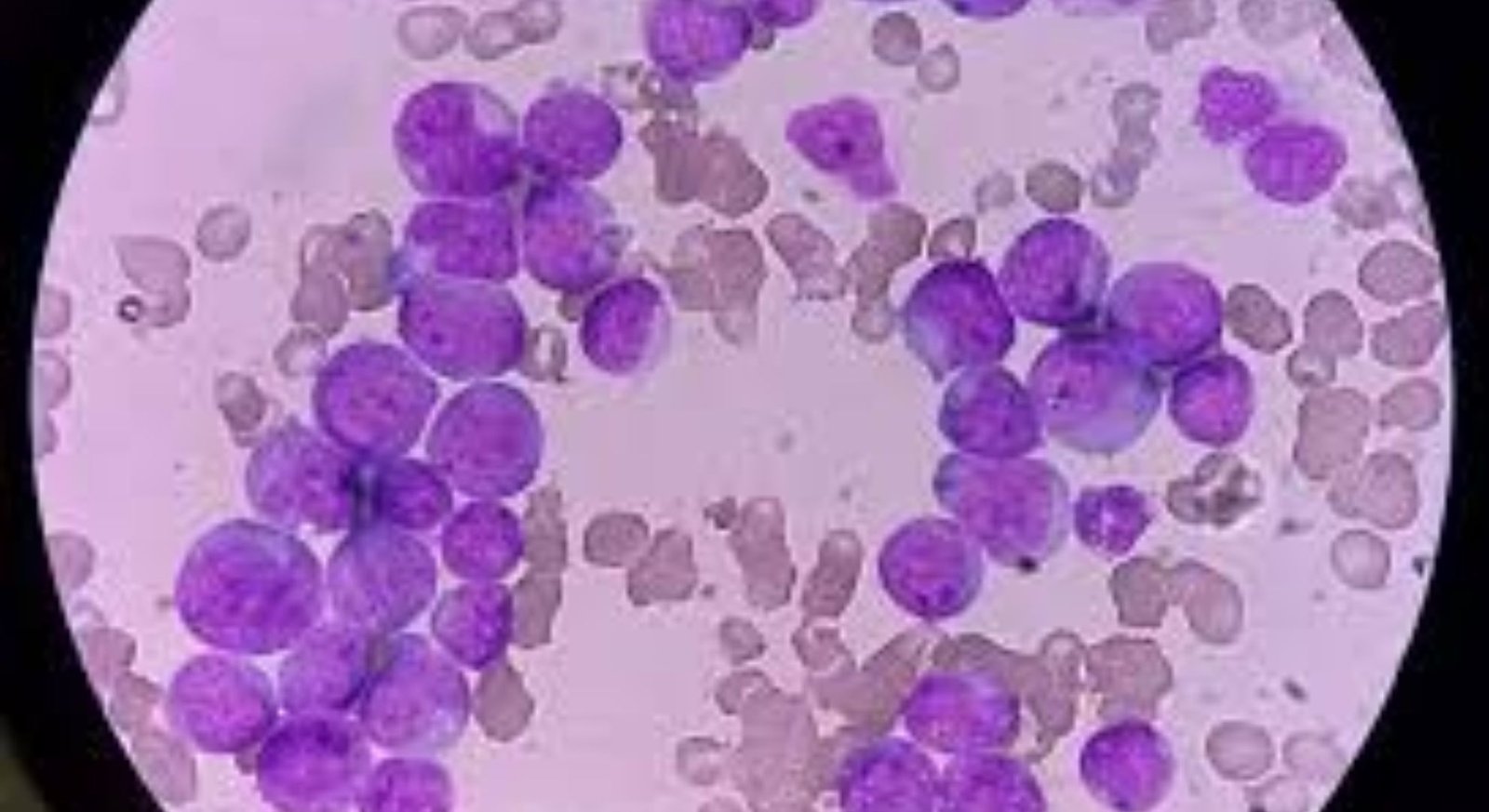Acute Myeloid Leukemia (AML) is a fast-progressing form of blood cancer that requires prompt and intensive treatment. With advancements in medical science and a growing network of specialized hospitals, patients now have access to a range of therapies tailored to individual needs. For those considering treatment in South Asia, the acute myeloid leukemia treatment cost in India is significantly more affordable compared to Western countries, making it a viable option for both domestic and international patients.
What Is Acute Myeloid Leukemia (AML)?
Acute Myeloid Leukemia is a type of cancer that originates in the bone marrow—the soft tissue where blood cells are made. AML leads to the rapid production of abnormal white blood cells, which interfere with the production of healthy red blood cells, white blood cells, and platelets.
AML progresses quickly and can be life-threatening if not treated early. Symptoms often include fatigue, frequent infections, bleeding or bruising easily, and shortness of breath. Diagnosis usually requires blood tests and a bone marrow biopsy.
Treatment Options for AML
Treatment for AML is typically intensive and requires hospitalization. The main goals are to bring the disease into remission and then prevent its return.
1. Induction Chemotherapy
This is the first phase of treatment and aims to kill as many leukemia cells as possible to achieve remission. It usually involves a combination of chemotherapy drugs such as:
- Cytarabine (Ara-C)
- Daunorubicin or Idarubicin
This stage often requires a hospital stay of several weeks due to the intensity of the treatment and the need for constant monitoring.
2. Consolidation Therapy
Once remission is achieved, consolidation therapy (or post-remission therapy) is administered to destroy any remaining leukemia cells. This phase may include:
- High-dose chemotherapy
- In some cases, stem cell transplantation (also known as bone marrow transplant)
3. Stem Cell Transplant (SCT)
A stem cell transplant may be recommended for patients with high-risk AML or those who relapse. There are two main types:
- Autologous Transplant: Uses the patient’s own stem cells.
- Allogeneic Transplant: Uses stem cells from a donor, which may be a sibling or a matched unrelated donor.
Stem cell transplantation increases the chance of long-term remission, but also comes with potential complications like graft-versus-host disease (GVHD).
4. Targeted Therapy
Targeted therapies are designed to attack specific genetic mutations found in AML cells. Examples include:
- FLT3 inhibitors (e.g., Midostaurin)
- IDH1 and IDH2 inhibitors (e.g., Ivosidenib, Enasidenib)
These drugs are typically used in combination with chemotherapy or for patients who cannot tolerate traditional chemo.
5. Immunotherapy and Clinical Trials
Innovative treatments like immunotherapy and experimental drugs through clinical trials are also showing promise in improving survival rates and quality of life. These are often options for patients with relapsed or refractory AML.
The Treatment Process: What to Expect
Treating AML is intensive and typically involves several stages over many months. Here’s what the treatment journey often looks like:
- Diagnosis and Staging
- Blood tests, bone marrow biopsy, genetic testing.
- Hospital Admission for Induction Therapy
- Monitoring blood counts, infections, and side effects.
- Evaluation of Remission
- Further tests to check response to therapy.
- Consolidation or Transplant Decision
- Based on risk factors and overall health.
- Follow-Up Care
- Regular check-ups to monitor relapse or side effects.
Patients are advised to stay close to a treatment center due to the risk of infections, complications, or urgent care needs.
Recovery and Life After Treatment
Recovery from AML doesn’t end when treatment does. Post-treatment care is vital to manage long-term side effects, prevent recurrence, and restore overall well-being.
Physical Recovery
- Blood counts may take weeks or months to normalize.
- Fatigue, weakness, and appetite loss are common.
Emotional and Mental Health
- Depression, anxiety, and fear of recurrence are typical emotional responses.
- Support groups, counseling, and family involvement can help patients cope.
Long-Term Monitoring
- Patients will need periodic blood tests and bone marrow exams.
- Preventative care is crucial, especially if a stem cell transplant was performed.
Conclusion
Acute Myeloid Leukemia is a challenging but treatable condition when diagnosed early and managed with a comprehensive medical approach. From chemotherapy and targeted therapy to stem cell transplants, patients today have more options than ever. Recovery is a gradual journey that requires both medical and emotional support.
If you or a loved one is facing AML, consult a hematologist-oncologist to create a personalized treatment plan. With timely intervention and holistic care, many patients go on to live full and meaningful lives.
To read more free article ( Click Here )
